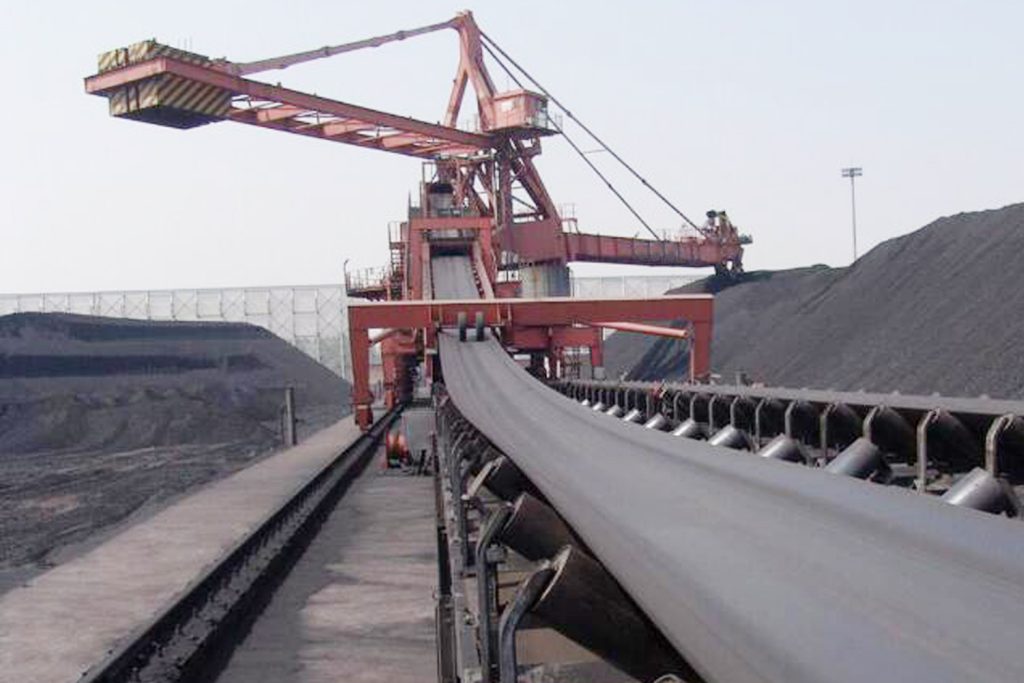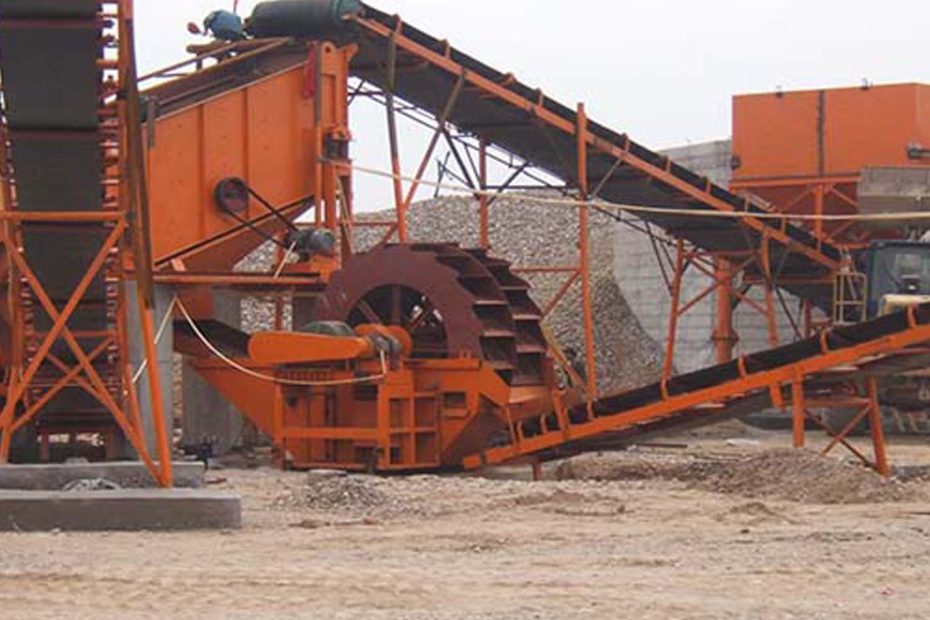Fixed belt conveyors are often used for long-distance transportation of raw grain, semi-finished grain and finished grain.
Fixed belt conveyors are commonly used in the long-distance transportation of raw grain, semi-finished grain and finished grain, and are often used in grain warehouses, power plants, mines and other industrial production and logistics needs.
As a common material conveying equipment, fixed belt conveyor has stable operation, strong load capacity and simple operation.
5 main points of maintenance and repair of fixed belt conveyor
In the process of using the fixed belt conveyor, in order to ensure its working efficiency and service life, correct maintenance and maintenance measures are very important, which can ensure that the equipment can be stable, efficient and applicable for a long time, and then promote the industrial production and logistics transportation of enterprises high efficiency.
1. Regular inspection
In the daily operation of the fixed belt conveyor, it is necessary to perform regular maintenance, check the operation failure in time, and check whether the connection of each part is firm, etc.
- Inspection of motor bearings:The motor bearing is a key component in the conveyor motor and is responsible for transmitting power. Occasionally check the bearings for looseness, overheating and other abnormal conditions to ensure the normal operation of the motor.
- Belt inspection:As the carrier of conveying materials, the conveyor belt is often used frequently, and there are problems such as wear and tear. The belt should be regularly checked for breakage, deformation, damage, etc., and replaced in time.
- Inspection of conveyor rack:The conveyor frame bears the huge weight of the conveyor and the vibration of operation. If there are obvious rust, cracks and other problems, they should be dealt with or replaced in time.
2. Cleaning and maintenance
- Cleaning of transported materials:Don’t forget to clean up the accumulation of materials on the conveyor during the production operation. Cleaning up the accumulation of materials irregularly can avoid damage to the conveying wheel when there is too little material. For materials with high viscosity, high density or high roughness conveyed by the belt, the belt conveyor must be cleaned and maintained regularly according to the actual situation.
- Belt cleaning:Conveyor belts that have been used for a long time will appear dim due to the accumulation of a large amount of dust and the influence of materials. They should be cleaned regularly with clean water or electric water pumps to keep the belts in a clean and dry state to ensure the normal operation of the conveyor.
- Motor cleaning:The conveyor motor should be cleaned once a quarter, especially after going through a humid, dusty and corrosive working environment. It is best to use warm water as the cleaning fluid, but the temperature should not exceed 50°C.

3. Protective measures
- Dust-proof measures: The conveyor will generate a lot of dust during operation. If dust-proof treatment is not carried out, the working environment will be affected and the health of the operators will be adversely affected. In this case, use a dust cover, etc. The elastic reaction force between the materials will form a pressure, so that the materials are ejected at the discharge port, and the ejected materials need to be protected again.
- Replenishment and oil filling: In order to work better, the parts of the conveyor need to be linked by rollers and other parts. After being used for a long time, some parts will wear prematurely, so it is necessary to replenish oil in time to improve its working efficiency and service life.
4. Personnel safety
- Power control: Regularly check whether the power supply and controller of the conveyor are in good condition to avoid leakage and short circuit.
- Power system: It is widely used in the mechanical power system speed limiter and limiter of fixed belt conveyors. Before use, it is necessary to check whether each bearing bush has been properly lubricated and whether each part is fastened. This is the most important thing to ensure the safe operation of the conveyor. condition.
- Safe passage: Pay attention to the short circuit of the accident source, nearby obstacles and damage to the device.
For direct operation, etc., safety channels should be set up, and safety operation standards should be established to improve the safety awareness of staff.
5. Regular maintenance
- Conveyor regular maintenance: Regular mid-term and overhaul, such as belt modification, bearing replacement, conveyor gear replacement and regular refueling and lubrication.
- Quarterly dynamic balance test: The belt conveyor is regularly tested for dynamic balance to deal with possible serious damage caused by unbalanced looseness during operation.
- Spare parts storage: The spare parts of the conveyor used for a long time often need to be replaced. In order to be able to solve the problem in time, it is necessary to ensure that the reserve of spare parts is sufficient and can be replaced at any time.
Conclusion
The maintenance and maintenance of the fixed belt conveyor system is an important measure to ensure the normal operation of the equipment and improve its service life. Regularly maintained belt conveyors can prolong their service life.
For different fixed belt conveyors, it is necessary to formulate corresponding maintenance and safety management systems according to their use and working conditions, so that they can play the greatest role in a safe and effective state.
In addition, when performing maintenance and repairs, the operation process and standards should be standardized, the monitoring of the reasonable operation of the equipment should be strengthened, and the potential safety hazards caused by human negligence should be reduced.
